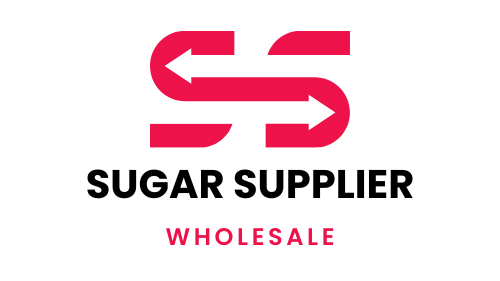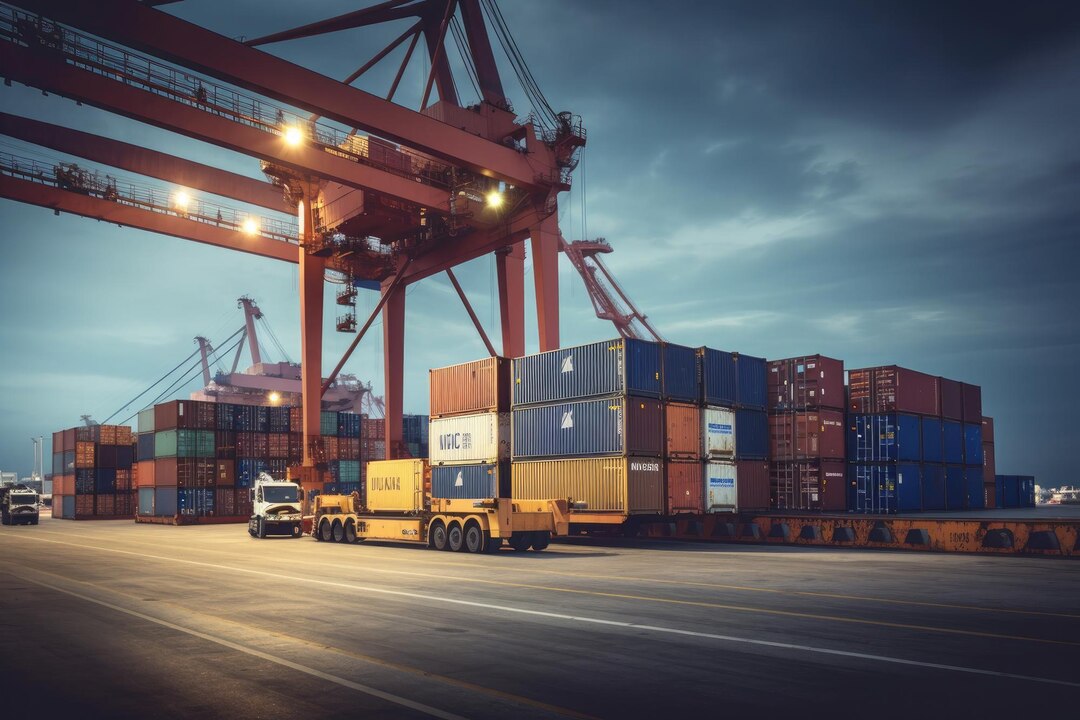In the intricate world of sugar logistics, navigating the complexities through various challenges requires a strategic approach and a keen understanding of the industry’s dynamics. From sourcing to transportation and delivery, each step presents its own set of complexities that demand careful attention and innovative solutions.
Key Challenges
Navigating the complexities of sugar logistics involves overcoming several key challenges. One of the primary hurdles is the impact of transportation costs on sugar pricing. Transportation expenses can significantly influence the final cost of sugar products, affecting both producers and consumers alike. To delve deeper into this issue, read our blog post on the Impact of Transportation Costs on Sugar Pricing.
Solutions
To address these challenges effectively, stakeholders in the sugar industry must explore innovative solutions. Embracing technology plays a vital role in optimizing logistics processes. Advanced tracking systems, predictive analytics, and automated inventory management can streamline operations, improve efficiency, and reduce costs. Collaboration among industry players is another key solution. By fostering partnerships and alliances, companies can leverage each other’s strengths, share resources, and mitigate risks. This collaborative approach promotes transparency, agility, and resilience in the face of complex logistical challenges.
Case Studies
Several case studies highlight successful strategies for navigating the complexities of sugar logistics. One such example is the implementation of blockchain technology to enhance supply chain visibility and traceability. By utilizing blockchain-enabled platforms, companies can track the journey of sugar products from farm to fork, ensuring quality control and compliance with regulations. Another case study showcases the benefits of investing in sustainable transportation solutions. By adopting eco-friendly practices such as rail transport and optimized route planning, companies can reduce carbon emissions, lower operating costs, and contribute to environmental conservation efforts.
Future Trends
Looking ahead, several trends are shaping the future of sugar logistics. The rise of e-commerce and digital platforms is revolutionizing distribution channels, offering new opportunities for market expansion and consumer engagement. Additionally, the growing focus on sustainability and ethical sourcing is driving demand for transparent supply chains and responsibly produced sugar products.
Conclusion
In conclusion, navigating the complexities of sugar logistics requires a proactive approach, innovative thinking, and collaboration across the industry. Another crucial aspect is the role of shipping regulations in sugar trade. Stringent regulations imposed by various governing bodies can disrupt supply chains and add layers of complexity to logistics operations. Understanding and complying with these regulations are essential for ensuring smooth and uninterrupted sugar shipments. Learn more about this topic in our detailed blog post on the Role of Shipping Regulations in Sugar Trade. By addressing key challenges, exploring solutions, and embracing emerging trends, companies can optimize their logistics operations and stay ahead in a dynamic and competitive market landscape.

